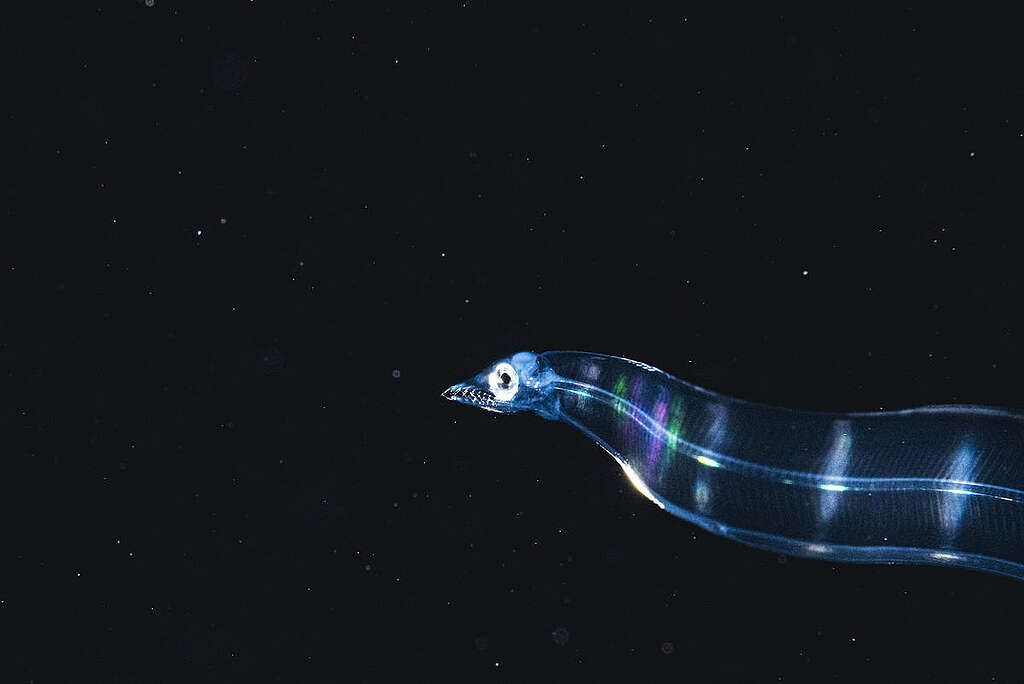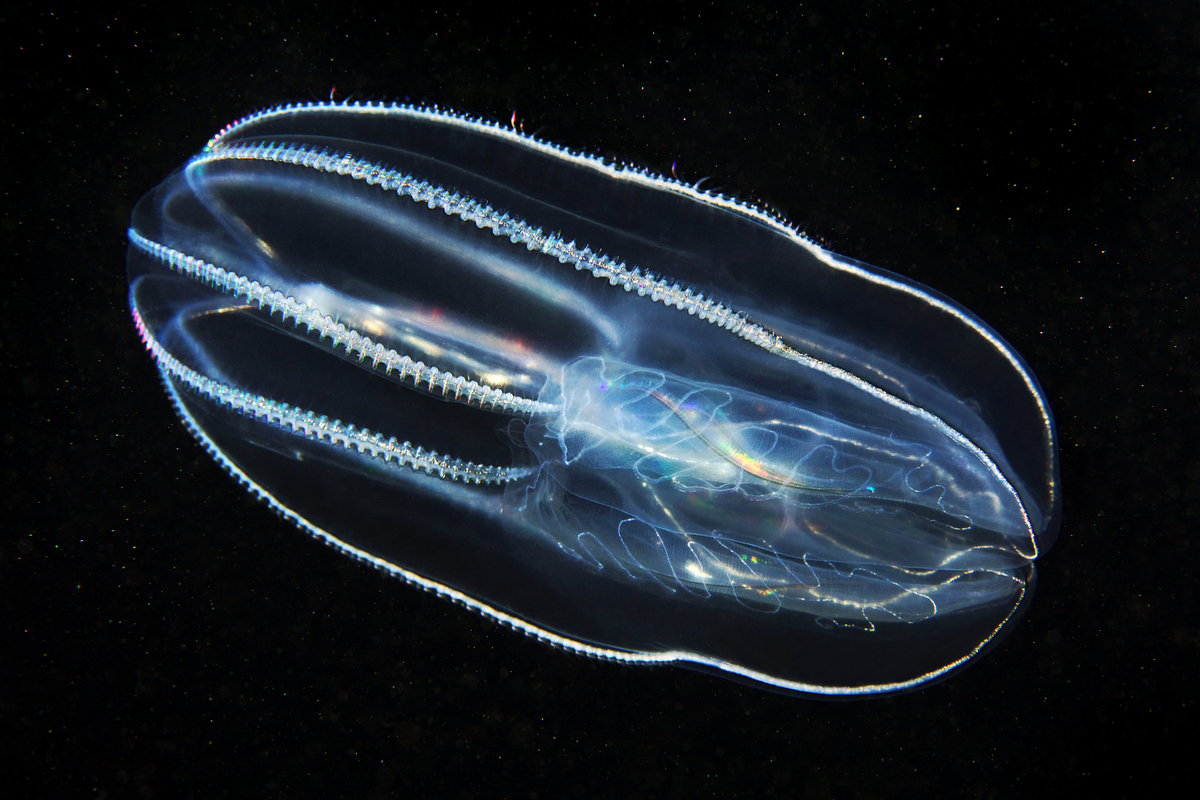More than 80 percent of our oceans are still unmapped, unobserved, and unexplored. In the deepest, darkest parts of our seas are some pretty spooky things.
…like this larval stage lobster

The Hydrozoan Jellyfish

The King Ragworm

The Comb Jellyfish

Or this Glass Eel

But the scariest thing of all? Commercial deep sea mining operations
Greedy corporations are champing at the bit to set up commercial deep sea mining operations. This destructive practice will be used to extract finite deposits of cobalt, nickel, and other minerals used in batteries.
While there’s no question that the green energy future we’re building will require batteries, we don’t need to destroy the seafloor through a new extractive industry to build that future — especially if companies recycle more, use less, and build technology to last, all of which is the current trend in battery R&D investment.
Why Deep Sea Mining should scare you, too
Leveling the ocean floor with heavy machinery to extract minerals will destroy ocean life in their path and threaten marine biodiversity by spewing waste into the water column and on the seabed floor, disrupting deep-sea ecosystems, food chains and the carbon cycle, potentially even exasperating the climate crisis.
These creatures might be creepy, but do they really deserve to be dodging these deep sea mining operations? At Greenpeace, we think not.
The practice of commercial deep sea mining is only just beginning.
We’re up against a 2 year deadline to stop international law from opening the oceans to this new destructive practice. And right now, deep sea mining interests are pitching themselves to corporations like Ford Motor Company as a quick and easy new market for minerals needed to produce batteries for electric vehicles and renewable storage.



